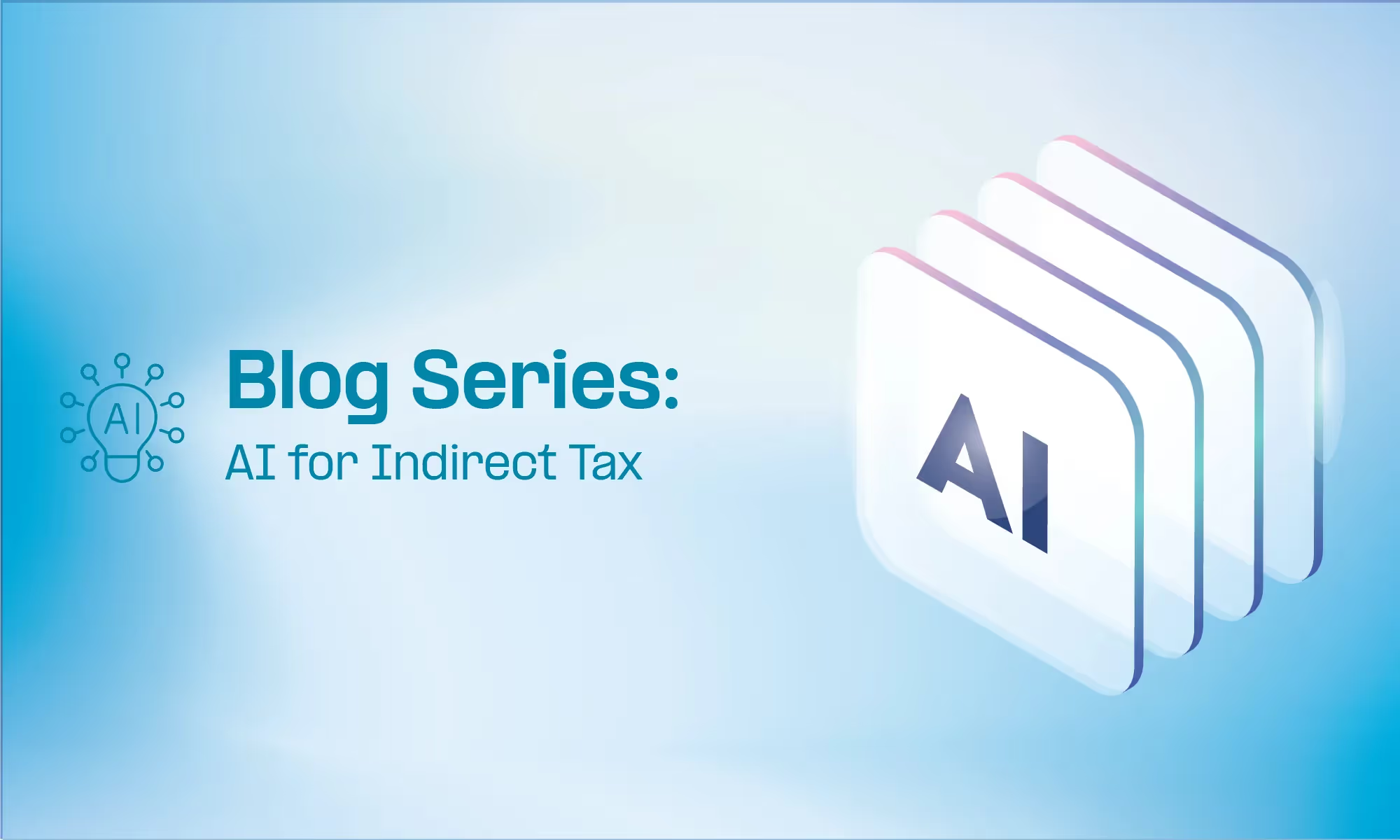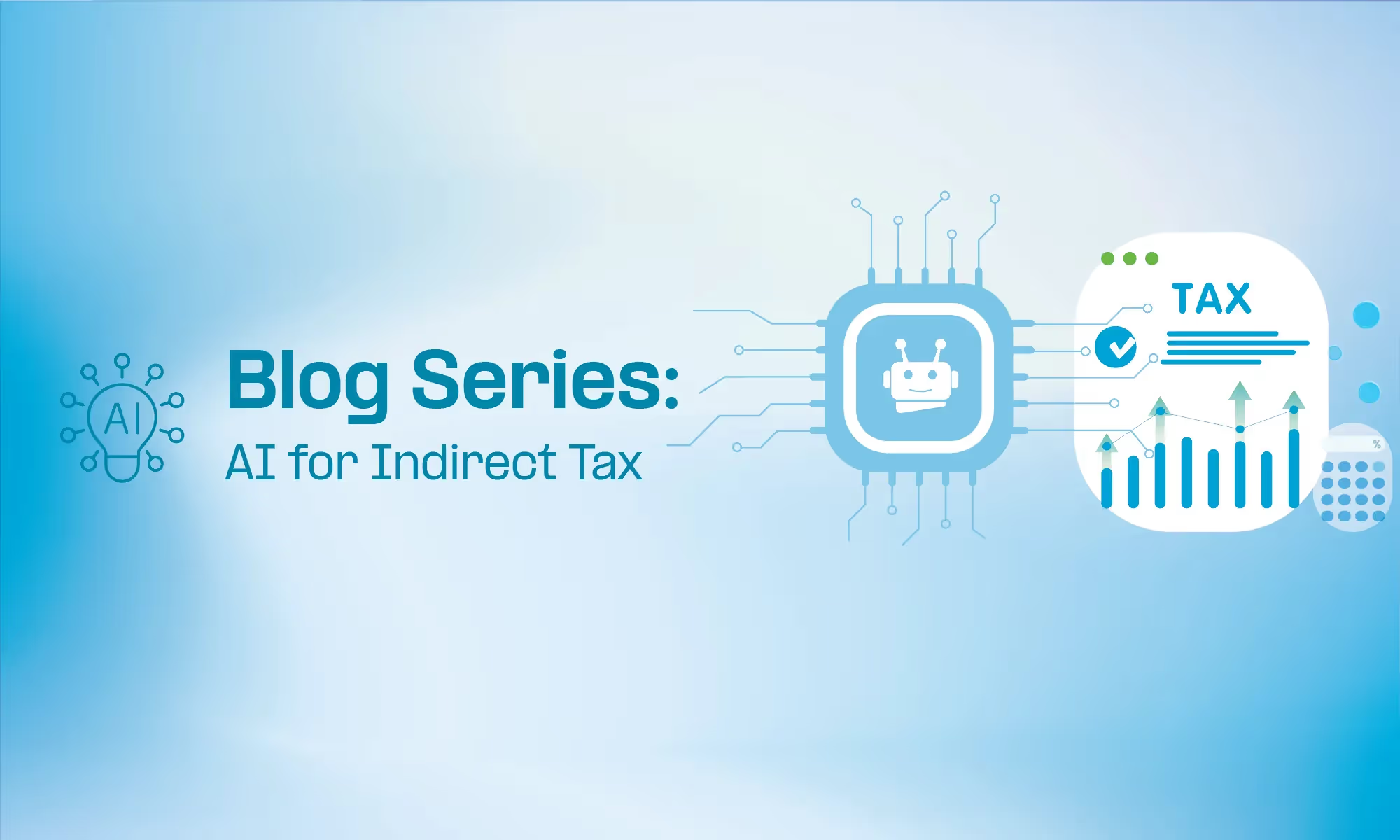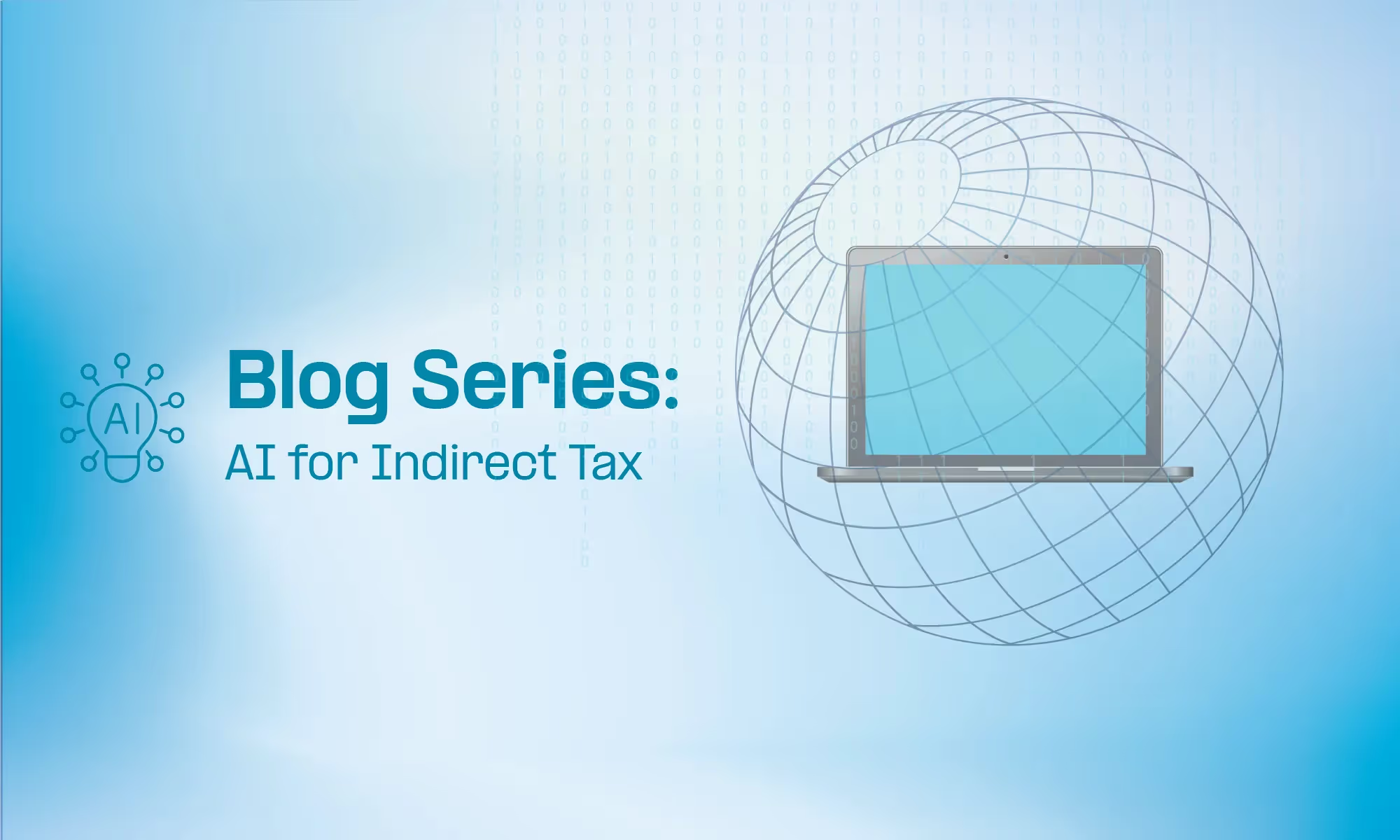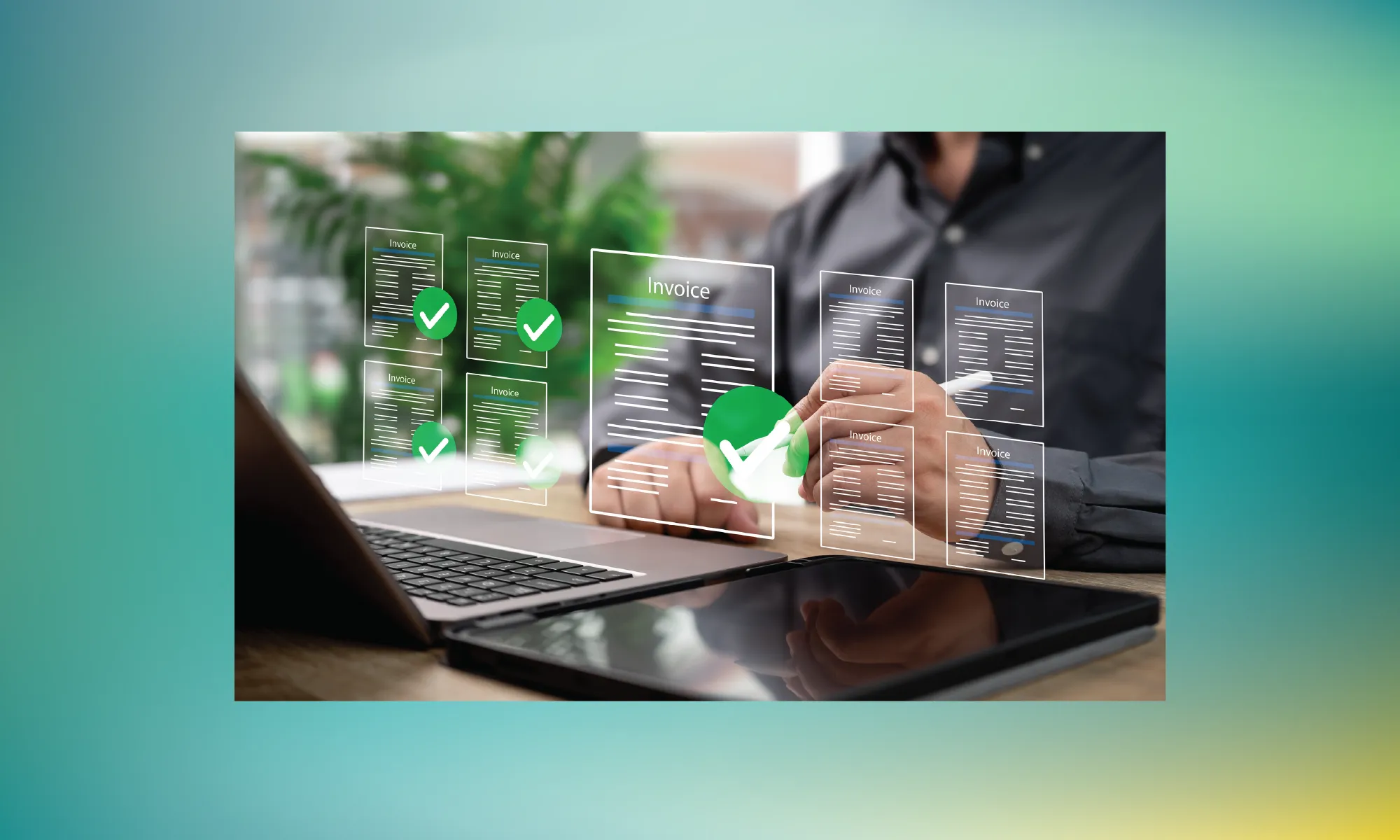AI is entering the indirect tax function, and it's forcing questions most tax leaders aren't ready to answer.
For decades, tax compliance has run on deterministic systems: rule-based engines that calculate VAT and GST with strict certainty. Every transaction follows predefined logic. Every rate is traceable to a specific rule. The system produces the same output every time.
Now, probabilistic AI systems (machine learning, large language models) are emerging with a fundamentally different approach. They learn from patterns, adapt to new data, and make inferences with degrees of confidence rather than hard-coded rules.
But this shift isn't just about swapping one technology for another. It's about rethinking what "accuracy" means when systems can't guarantee 100% consistency. It's about strategic decisions on where AI adds value versus where it introduces unacceptable risk. And it's about managing a tax function where humans and machines collaborate, each covering the other's blind spots.
Most AI vendors gloss over these tradeoffs. They promise to "transform your entire tax function" without addressing which specific processes should trust probabilistic reasoning, how to measure success when perfection isn't the goal, or why your "accurate" current processes might already have a 20% error rate you've never measured.
What you’ll learn in this series
This series cuts through the hype to examine the real strategic questions tax leaders face as AI enters their operations. We explore the fundamental tension between certainty and adaptability, why AI's occasional mistakes might actually improve compliance, where AI belongs in your tax tech stack, and what happens when you actually measure human versus AI error rates.
The goal is to help enterprise tax leaders make informed decisions about AI adoption: understanding the tradeoffs, identifying the right use cases, and building processes that leverage AI's strengths while managing its limitations.
Key takeaways about AI for indirect tax
Don't have time to delve into each article right now? Scan the highlights.
1. Tax systems can't be both perfectly certain and infinitely adaptable
Deterministic rule-based systems deliver precision and auditability but struggle with complexity and edge cases. They require constant maintenance as tax laws evolve, and they only handle scenarios designers anticipated. Probabilistic AI adapts automatically to new data and catches patterns humans would miss, but it introduces uncertainty and lacks the explainability auditors expect. The future lies in hybrid approaches that combine the certainty of rules with the flexibility of AI, much like a modern pilot uses both a checklist and intuition.
2. AI's occasional mistakes might improve your overall compliance posture
When someone pitches AI with "90% accuracy," tax leaders panic. But field studies show that spreadsheet-based tax calculations have material error rates of 24% to 90%. The real question isn't whether AI makes occasional mistakes (it does), but whether analyzing 100% of transactions at 93% accuracy beats analyzing 10% of transactions at 97% accuracy. AI's breadth of coverage can compensate for its margin of error. Leading practices use confidence thresholds to route high-confidence cases for auto-processing while flagging uncertain cases for human review, achieving both scale and assurance.
3. Different tax processes require different approaches to AI deployment
Transaction-level tax determination demands deterministic precision. Even a 1% error across millions of invoices creates compliance breaches. But anomaly detection across 10 million invoices is something only AI can do effectively. The strategy is to map your indirect tax operations on a spectrum from "determinism-critical" (where bright-line rules govern) to "AI-advantaged" (where complete coverage matters more than perfect precision). Many processes fall in between and benefit from layered AI: let AI expand coverage and handle pattern recognition, then apply deterministic checks or human judgment for final decisions.
4. Human error rates are higher than most tax leaders realize
Studies of operational spreadsheets found errors in 24% of complex spreadsheets used for tax calculations. Other research indicates over half of large spreadsheets contain material mistakes. Humans and AI make different types of errors. AI might never mis-key a number but could misinterpret unprecedented scenarios. Humans catch glaringly absurd outputs but miss subtle patterns due to fatigue. Studies consistently show that well-designed AI plus human oversight outperforms either alone. The goal isn't perfect accuracy per transaction, it's fewer total errors at the system level.
Top takeaway: AI requires strategic deployment, not universal adoption
The paradigm shift from deterministic to probabilistic systems in indirect tax is underway. The question isn't whether to adopt AI, but where exactly it makes your tax function more capable versus where it introduces unacceptable risk.
Tax leaders who map their operations to the right approach for each use case, who measure compliance at the system level rather than obsessing over per-transaction perfection, and who build hybrid workflows that leverage both rules and AI will build more resilient, efficient, and compliant tax functions.
Those who either reject AI entirely or try to apply it everywhere without understanding the tradeoffs will find themselves either falling behind competitors or exposing themselves to new compliance risks.
Dive into the series to understand how to navigate this shift strategically, or contact Fonoa to discuss how AI-powered tax technology can strengthen your compliance posture while reducing operational burden.



















